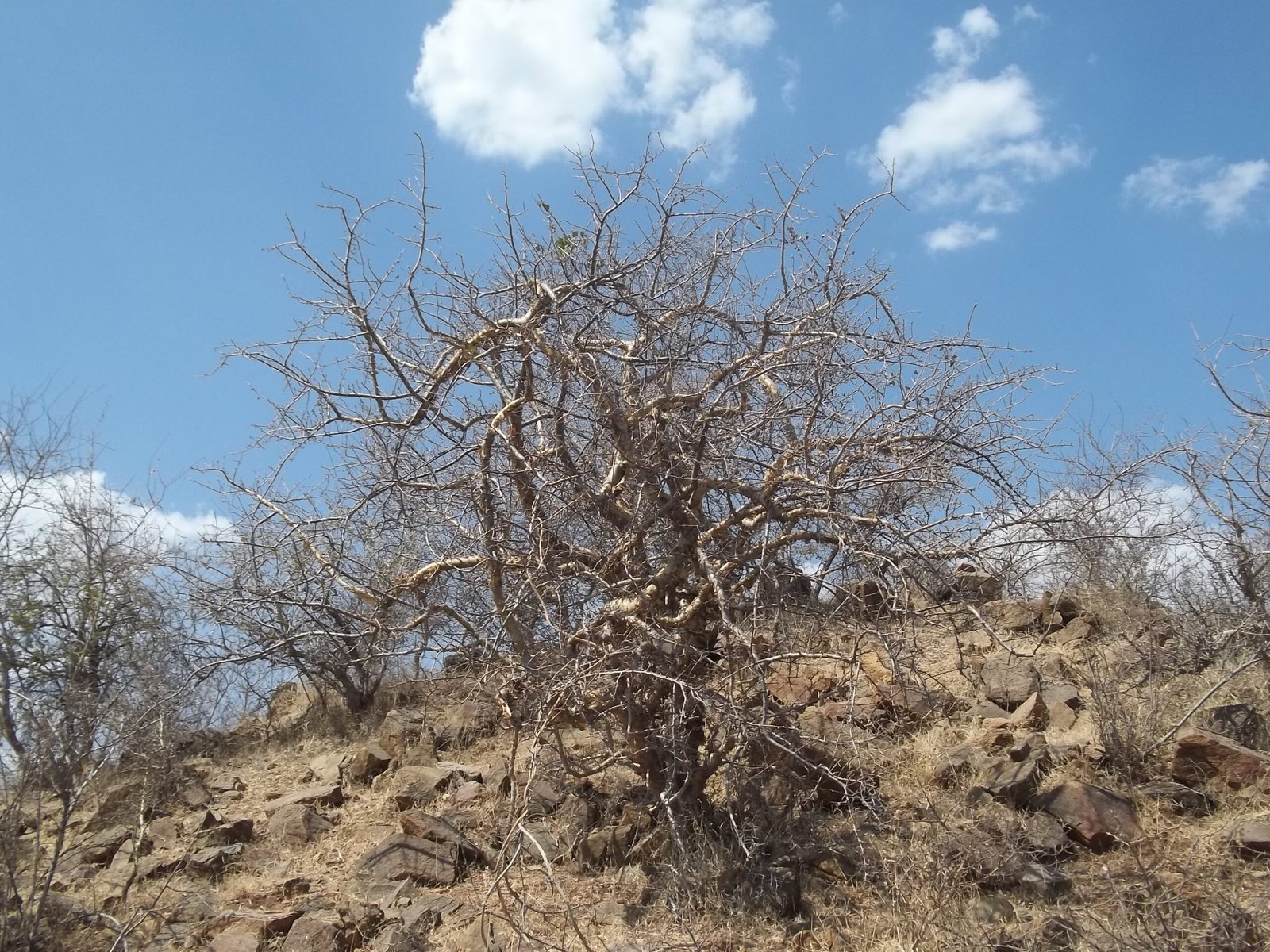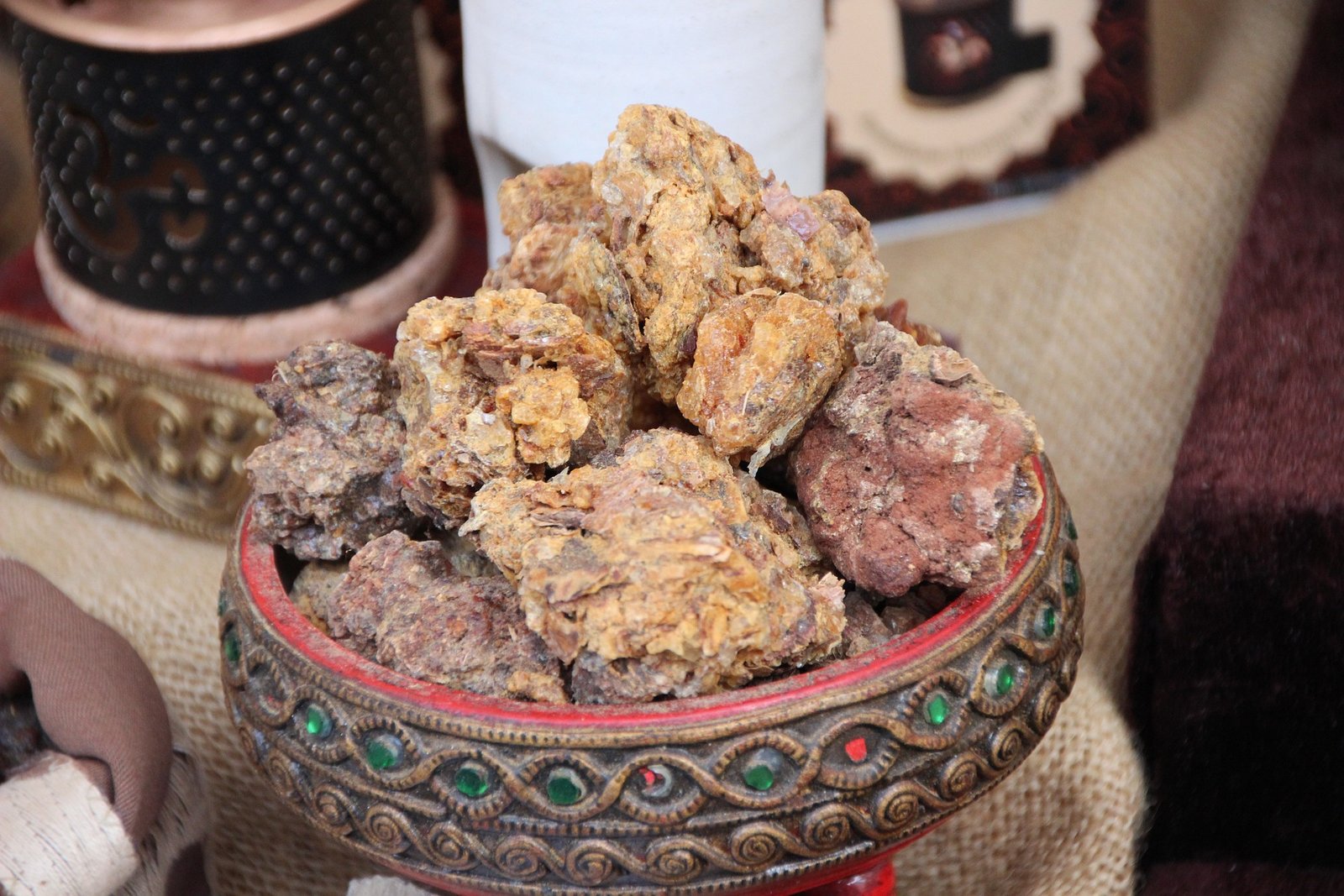Introduction
In the dimly lit chambers of ancient Egyptian tombs, amidst the hushed whispers of sacred rituals in ancient temples, the distinct aroma of Myrrh incense has wafted through the ages. Long before our modern cities and digital screens, Myrrh played a central role in rituals, medicines, and daily life of ancient civilizations. As you journey through this article, you’ll uncover the timeless allure of Myrrh, tracing its path from the sun-baked deserts of the Middle East to the bustling markets of today’s global metropolises. Whether you’re a history buff, an aromatherapy enthusiast, or someone simply curious about the enchanting scent that has captivated humans for millennia, prepare to be immersed in the captivating world of Myrrh incense.
From its spiritual significance in age-old ceremonies to its role in the world of modern wellness, Myrrh’s tale is one of resilience, reverence, and revival. So, let’s embark on this aromatic journey together, unraveling the mystical tapestry of Myrrh, thread by fragrant thread.
What is Myrrh Incense?
Myrrh, a name that evokes images of ancient caravans traversing endless deserts, is more than just a fragrant resin. It’s a connection to our ancestral roots, a bridge between the past and present. But what exactly is this aromatic substance that has been cherished for centuries?
The Origins of Myrrh
Originating from the sap of the Commiphora tree, Myrrh is found in arid regions, predominantly in the Horn of Africa and the Arabian Peninsula. These trees, bearing knotted branches and sparse leaves, bleed a rich, golden resin when their bark is cut. This resin, left to harden under the scorching sun, becomes the Myrrh gum so highly prized throughout history.
The name “Myrrh” itself is derived from the Arabic word “murr,” meaning bitter. But its taste is just one facet of this multifaceted gem. Civilizations from ancient Egypt to Greece and Rome have held Myrrh in high esteem, not just for its aromatic qualities but for its myriad uses that we’ll soon explore.
From Resin to Incense
Transforming the hardened Myrrh gum into the incense we’re familiar with today is an art in itself. Traditionally, the gum is ground into a fine powder, often combined with other natural ingredients, to create incense cones or sticks. When burned, Myrrh incense releases a rich, smoky aroma, with notes that are earthy, slightly sweet, and undeniably mystical. It’s an aroma that has graced royal palaces, sacred temples, and humble homes alike, creating an ambiance of tranquility and reflection.
In modern times, with the revival of holistic practices and a renewed interest in ancient wisdom, Myrrh incense has found its way into aromatherapy sessions and meditative practices, proving that its allure is truly timeless.
Historical Significance of Myrrh Incense
Delving into the annals of history, the narrative of Myrrh is interwoven with tales of devotion, luxury, and healing. Its significance spans cultures and epochs, making it a scent that has, in many ways, shaped the course of human civilization.
Myrrh in Ancient Rituals
In the grand temples of ancient Egypt, Myrrh incense wafted through the corridors as a cherished offering to the gods. It was believed that the smoke from burning Myrrh carried prayers and messages to the heavens, creating a bridge between the mortal realm and the divine. The Egyptians weren’t alone in this reverence. The ancient Greeks used Myrrh in their religious ceremonies, and it was a central component of the Hebrews’ sacred anointing oil, as described in the Old Testament.
Beyond spiritual practices, Myrrh played a critical role in the ancient Egyptian mummification process. The resin’s preservative properties made it an invaluable substance in the rituals of death and afterlife. Embalmers would use Myrrh and other resins to anoint the bodies, believing it would ensure a safe journey to the afterlife.
Symbolism in Ancient Texts
Literature, too, hasn’t remained untouched by the allure of Myrrh. From the biblical Song of Solomon, which paints vivid images of “a bundle of Myrrh” as a symbol of love and desire, to the writings of ancient Greek philosophers and scholars, Myrrh frequently finds mention. Perhaps one of the most iconic references is the gift of Myrrh presented to the infant Jesus by the Magi, signifying his mortality.
In the realms of ancient Greek and Roman literature, Myrrh symbolized suffering, sacrifice, and immortality. Poets and playwrights often used it as a metaphor, capturing the essence of human experiences in their tales.

Modern Uses and Benefits
The ancient allure of Myrrh incense is not just confined to the pages of history. As the world evolves, so does our understanding and appreciation of this aromatic resin. Today, Myrrh finds its place in various modern practices and treatments, serving as a testament to its timeless value.
Aromatherapy and Well-being
The hustle and bustle of the 21st century often leaves us seeking solace and moments of tranquility. Myrrh incense, with its deep and resonant aroma, offers a portal to such serenity. In the realm of aromatherapy, it’s not just a scent but an experience.
When burned, the smoky tendrils of Myrrh incense fill the air, creating an ambiance that many describe as grounding. This is why it’s often a staple in meditation spaces and wellness retreats. Its scent is said to alleviate stress, anxiety, and even symptoms of depression, acting as a balm for the weary soul.
Moreover, those practicing yoga often use Myrrh incense to enhance their sessions. The calming aroma aids in deepening breaths, focusing the mind, and connecting with the spiritual essence of the practice.
Medicinal Benefits
Beyond the realms of aroma and ambiance, Myrrh boasts of impressive medicinal properties that modern science is only beginning to understand. Ancient civilizations might have used Myrrh for its healing properties, but contemporary research backs some of these claims.
For instance, Myrrh has demonstrated potential anti-inflammatory properties. This makes it a natural remedy for conditions like arthritis or even digestive disorders. Its analgesic properties, on the other hand, suggest it can act as a pain reliever.
Furthermore, oral health products today, especially those leaning towards natural ingredients, often contain Myrrh. Its antimicrobial properties help combat harmful bacteria in the mouth, leading to healthier gums and teeth.
Recent research even hints at Myrrh’s potential in combating certain types of cancer cells. While these studies are preliminary, they open up exciting avenues for the future use of this ancient resin in modern medicine.
Incorporating Myrrh Incense into Your Life
In today’s world, where the quest for authentic experiences and holistic well-being is paramount, Myrrh incense offers a touch of the ancient in our modern lives. But how can one seamlessly integrate this age-old resin into daily routines and rituals?
Setting the Ambiance
Every space, be it a home or workplace, has its own energy. Myrrh incense can be instrumental in setting the desired ambiance. Its rich, smoky aroma transforms spaces, making them feel more serene and inviting. Here’s how you can use it:
- Meditative Corners: Light a Myrrh incense stick or cone in your meditation or prayer corner. Its calming effect will help deepen your practice and focus your mind. Click here for more info on how to use incense for relaxation.
- Home Entrances: Welcoming guests with the fragrance of Myrrh can set a warm, hospitable tone for their visit.
- Bedtime Ritual: Burn some Myrrh incense in your bedroom about an hour before sleep. Its tranquil aroma may promote better sleep quality.
Spiritual Practices
For many, Myrrh isn’t just an incense; it’s a spiritual tool. Its historical and sacred significance makes it a potent ally in modern spiritual practices:
- Sacred Ceremonies: Many contemporary spiritual practitioners use Myrrh during ceremonies, believing its smoke carries intentions and prayers to the divine.
- Energy Cleansing: Just as sage is used in smudging to clear negative energies, Myrrh can also be used to purify spaces and auras.
- Daily Reflection: Incorporate Myrrh into your daily reflection or gratitude practice. The act of lighting it can serve as a ritual, marking a special time for introspection.
Buying and Storing Myrrh Incense
To enjoy the full benefits and authentic experience of Myrrh incense, it’s crucial to select high-quality products. When buying, look for Myrrh that is organically sourced and free from synthetic fillers or fragrances. Our guide on the best brands and scents of 2023 can help you make a suitable selection.
Once you’ve procured your Myrrh incense, storage is key. Keep it in a cool, dry place, ideally in airtight containers. This preserves its potency and ensures that every time you light it, you’re greeted with the rich, full-bodied aroma that Myrrh is celebrated for.

Conclusion
The narrative of Myrrh incense is as mesmerizing as its fragrance. From the ancient temples and royal palaces to the quiet corners of modern homes, its presence is a reminder of the enduring allure of nature’s gifts. A resin that has witnessed empires rise and fall, Myrrh’s resilience mirrors the human spirit, ever-adapting and ever-enduring.
Incorporating Myrrh into our lives is not just about embracing an aroma, but also about cherishing a heritage that spans millennia. It’s about connecting with a part of history while grounding oneself in the present. The smoky tendrils that rise from burning Myrrh carry with them tales of yore, whispers of ancient rituals, and the collective wisdom of generations past.
As the world around us accelerates at a dizzying pace, the calming embrace of Myrrh incense offers a momentary pause, a brief respite, and a touch of the mystical. Whether you’re seeking spiritual depth, a tool for meditation, or simply an aromatic companion for quiet evenings, Myrrh stands ready to enrich your experience.
In closing, the journey with Myrrh is not just about discovering an incense but rediscovering a piece of ourselves. In its fragrance, we find echoes of our shared humanity, our timeless struggles, and our eternal quest for beauty and meaning.
May your own journey with Myrrh be as enchanting as the tales that surround it. And as you light that stick or cone, remember: you’re not just igniting a fragrance but also kindling a connection with an age-old legacy.





